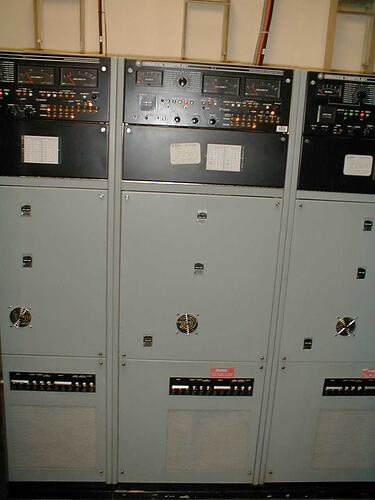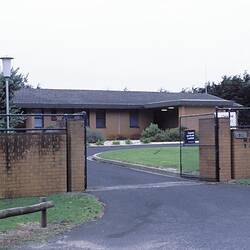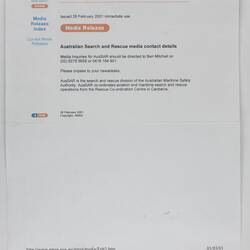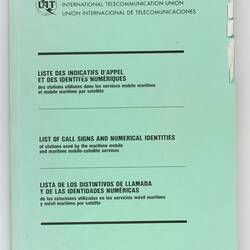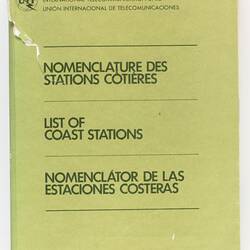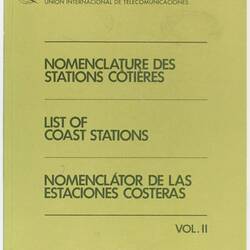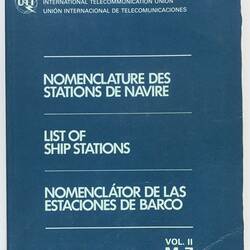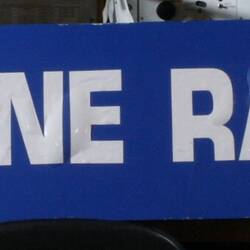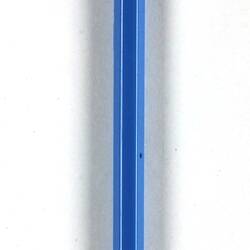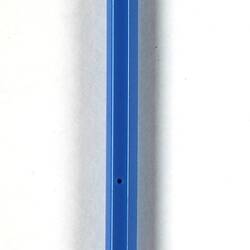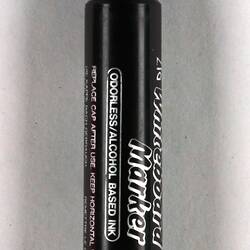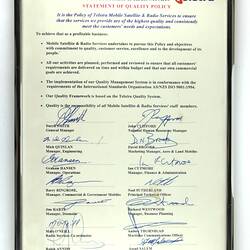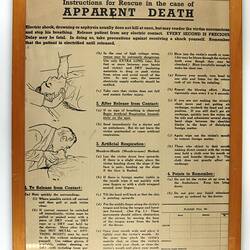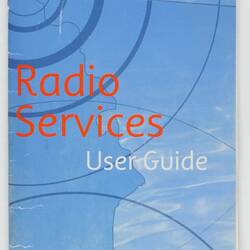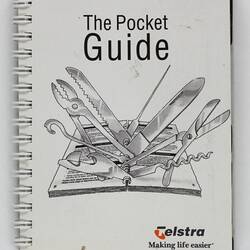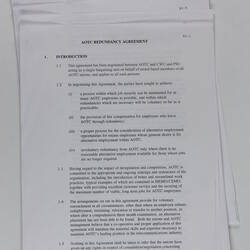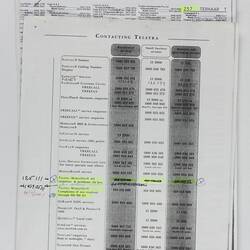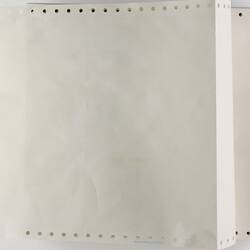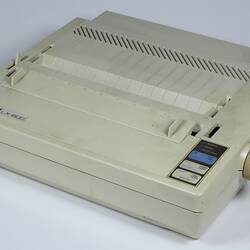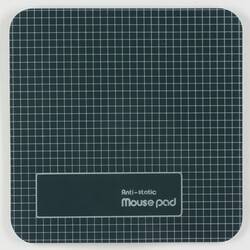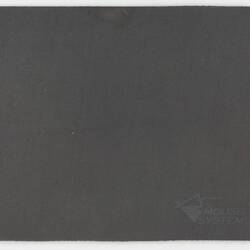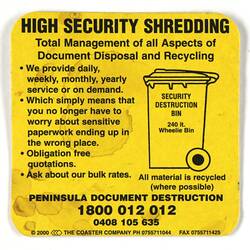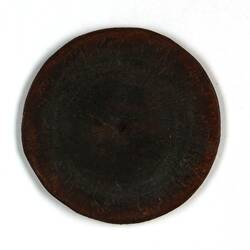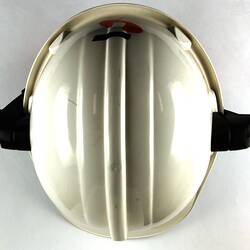These are the reminiscences of an OTC technician known as NN.
NN's first visit to the Melbourne Coastal Radio Facility was in 1967 to attend some training, as he did not have a maritime background. He then worked at the Facility as a technician carrying out preventive maintenance and repair from 1969 to 1992.
He reported to station manager for administrative matters and to head office in Sydney for technical matters. From the 1950s, Sydney was the major Australian Coastal Radio Station, including island circuits to Papua New Guinea (morse code). Sydney did more than other stations, such as long-distance radio telephone and communication with aircraft. NN was also technically responsible for Adelaide Radio, Hobart Radio, Darwin Radio and Broome Radio.
The console and the Buildings
The console at the Melbourne Coastal Radio Facility was designed by committee in Sydney. Twelve were produced to be shipped around the country, with the idea that the console would provide a standard operating platform to be used at any site. But over time consoles 'evolved' to cater for the requirements of each site. The first to be designed was in 1965 in Adelaide.
The buildings were also designed to be basically the same for all stations. The stations at Adelaide, Townsville, Brisbane, Melbourne and Broome were all equipped with similar transmitters and consoles. An operator could operate any one of these without a problem. The building program lasted from 1965-1968 approximately.
Working at the Station
NN recalls that the work culture was that 'if anything went wrong; you fixed it as a matter of pride. It would be seen as a failure if you sent something to be repaired by the manufacturer.'
Many operators had a maritime background and during a shift, they would gradually turn up the volume of the signal they were currently listening to. This was because they wished to focus on that signal. Signals came from the different loudspeakers. NN remembers that Operators never turned the volume down so at the end of the shift there was a terrible din from all the speakers, 'especially with poor operators'. However, good operators could pick out messages despite the noise. In 1977, NN designed a receiver control sub-unit that used a reset switch to overcome the problem, but Head Office did not follow it up.
Staff would take industrial action in pursuit of claims, for example, taking calls without charging, but never anything that would endanger life at sea.
The Transmitters
In 1972 six ATS transmitters arrived at Melbourne Radio to be installed by NN. They replaced two - CLH -IL transmitters, which were installed new in 1966. The CTM-2K and CTH-P5J transmitters were the morse code transmitters from 1966-1999. In all his years working at Coastal Radio Stations NN never learnt morse so he could blot it out while working.
All these transmitters used valves. CTM-2K came from Fiskville (named after Ernest Fisk) 10 - 15 km west from Bacchus Marsh. Fiskville was the international transmitting station and Rockbank the receiving station. It used 20 kW transmitters, which produced too much 'noise' for receptors to be 'heard'. The ATSI used solid state except for valves at final stage.
Transmitters are electromechanical, meaning they needed to be lubricated regularly. NN recalled that 'once you've done this a few times, you can clean it with your eyes closed.'
The first Melbourne Radio Station
The first Melbourne Radio was set up in the Domain near the Shrine, in 1912. One of the first services offered was for police ambulance as well as for ships at sea. NN does not know when the station stopped operating at the Domain. However, for a brief period, it was run from an office in Lonsdale and remotely controlled at Fiskville and Rockbank. In 1966, the Melbourne Radio Facility re-opened in Cape Schanck.
More Information
-
Keywords
-
Authors
-
Article types
